Vietnam Sourcing Guide // How To Find Suppliers And Manufacturers In Vietnam
In the ever-evolving global sourcing landscape, Vietnam has emerged as a key player, offering a compelling mix of quality, efficiency, and competitive pricing. Vietnam presents a wealth of opportunities across various industries for businesses looking to diversify their supply chains or find new manufacturing partners. However, sourcing suppliers in Vietnam is a nuanced process, requiring more than just a cursory glance at potential partners. It demands an in-depth understanding of the local market, cultural insights, and a strategic approach to supplier relations and quality control.
This guide is tailored to help you navigate the complexities and opportunities of sourcing suppliers in Vietnam. Whether you’re a small enterprise taking its first steps in international sourcing or a large corporation seeking to expand its supplier base in Southeast Asia, understanding the intricacies of the Vietnamese market is crucial.
We will explore the essential factors that make Vietnam an attractive sourcing destination, including its growing manufacturing capabilities, government incentives, and labor market dynamics. This guide will also delve into practical strategies for identifying and vetting potential suppliers, from conducting due diligence to understanding the importance of site visits and face-to-face negotiations.
Moreover, we will discuss navigating cultural nuances and language barriers, ensuring clear communication and mutual understanding. We will also cover the logistical considerations of sourcing from Vietnam, including shipping, customs, and regulatory compliance.
Join us on this comprehensive journey into sourcing suppliers in Vietnam, where we’ll provide you with the insights and tools necessary to establish successful and sustainable supply chain partnerships. In this dynamic market, being well-informed and strategically prepared is key to unlocking the full potential of your sourcing endeavors.
Updated December 15, 2023
Vietnam is quickly emerging from China's shadow and becoming a primary destination for manufacturing and sourcing products. With the third fastest-growing economy globally and a young yet skilled workforce, it's no wonder there's a rush to source products in Vietnam.
Vietnam is arguably the second-best country to source products behind China. With recent changes in American trade policy, Vietnam is becoming more attractive to buyers. Even before the changes, Vietnam was quickly on its way to becoming a great alternative to Chinese manufacturing. It was already well established in its own right as a manufacturing powerhouse. While Vietnam is still up and coming, it helps to think of Vietnam as a scrappy yet promising startup vs. a massive corporate behemoth called China. So why should you consider manufacturing in Vietnam? Please read our guide and find out!
Vietnam is winning the Trade war Against China.
Two significant changes in international trade policy have recently benefited Vietnam: new tariffs on Chinese goods imposed by the United States and a substantial free trade agreement between Vietnam and the EU. As you probably know, the previous US president announced tariffs that affected $550 billion in goods imported from China annually. As a result, many large buyers are looking elsewhere to source and manufacture their products. As a result, Vietnam is looking to be the #1 destination.
The EU and Vietnam ratified the European Union-Vietnam Free Trade Agreement in 2015. It will go entirely into effect by the end of the year. The Agreement will grant Vietnamese manufacturers and EU buyers the freedom to trade and allow European businesses and investors to set up manufacturing operations without many restrictions in Vietnam. Beyond the EU agreement, Vietnam has aggressively sought more free trade agreements with several other countries. For example, Vietnam is a crucial Member of the Association of Southeast Asian Nations (ASEAN) and has a free trade agreement with South Korea; thus, Samsung alone produces $58 Billion worth of goods in Vietnam annually. They're also in talks about joining the revised Trans-Pacific Partnership agreement.
Even though the TPP is dead, 11 of the 14 original member countries have been involved in a renewed push to revive it. The original TPP intended to build a robust trading block to compete against China's growing influence. The United States, which killed the original TPP deal, is excluded; however, the partnership allows the US to join. The new partnership includes Australia, Canada, Japan, Mexico, and Vietnam. In the original TPP, Vietnam was expected to be the biggest single beneficiary and looks to come out on top in this new Agreement.
Cosmo Sourcing was first set up in Ho Chi Minh City, Vietnam, in 2014 to get into Vietnam before TPP went into effect. Most of Cosmo Sources' first clients in Vietnam were already manufacturing in China but were looking to move to Vietnam. So, despite the cancellation of TPP, we decided to stick with Vietnam. As a result, Cosmo has over four years of experience doing business in Vietnam.
Overview of Vietnam
Now that you know why you should look at sourcing in Vietnam, we should discuss what it offers. Even though Vietnam is smaller than China, it still punches above its weight when manufacturing. Vietnam has a population of just 93 million people vs. China's 1.3 billion; however, Vietnam has a younger labor force, and over 60% of its population is between the ages of 18 and 60. In 2016, Vietnam exported over $170 Billion worth of goods and had a $202 Billion GDP. While the GDP seems low, Vietnam is the 3rd fastest growing economy globally. Its GDP growth is about 8% a year and steady, while China's is 6% and declining.
Vietnam is a full member of the WTO and complies with all customs, health, and safety standards agreements. While not a complete free trade agreement, the USA and Vietnam have a bilateral trade agreement that has been in effect since 2001. Vietnam's Currency is called the Dong, and the current exchange rate is 1 USD = 23327 VND. A further benefit for buyers in the US is that the Dollar is robust against the fairly weak Dong, meaning that you can buy goods even cheaper.
Vietnam actively encouraged growth, opened 50 new industries to foreign investment and eliminated regulations on hundreds of more industries. As a result, foreign Direct Investments account for 20% of Vietnam's output, one of the world's highest rates. Several major companies have a significant manufacturing presence in Vietnam. In Northern Vietnam, Samsung runs the world's largest smartphone manufacturing plant, which produces about $58 Billion worth of smartphones a year. The factory employs over 100,000 people. Where does Canon Make their cameras? Vietnam! Where does LG make many of its TVs? You guessed it, Vietnam. Vietnam is also the largest manufacturer of products for Patagonia, North Face, Nike, Adidas, and many other apparel and shoe companies.
China Vs. Vietnam
Check out our whole China vs. Vietnam guide for sourcing your following product!
Anytime Vietnam manufacturing is mentioned, it is always compared to China, which is understandable as China is currently at the top and shows no signs of giving up the top spot. However, despite China's dominance, Vietnam punches above its weight and has several advantages over China.
Why Vietnam Manufacturing is Better
Vietnam has one of the youngest labor forces globally, but they can perform complex manufacturing tasks. Besides, the cost of labor is half what it is in China. On average, Vietnam's labor force is seven years younger than China's. Therefore, although Vietnam has a population of 90 million, 54 million are between 18 and 60 and can participate in the labor force.
Besides, while China sees increasing restrictions and regulations against its manufacturing sector, Vietnam's government is highly proactive in pursuing free trade agreements worldwide. As a result, Vietnam has trade agreements, or is soon to complete them, with the EU (including Norway, Iceland, and Switzerland), South Korea, and Southeast Asia via ASEAN, Russia, and more.
Vietnam, compared to China, has a smaller bureaucracy and fewer restrictions on foreign direct investment. Several industries have removed all restrictions on foreign ownership of production. Further, hundreds of industries have relaxed restrictions and rules on foreign ownership and investment. Suppose you're at the scale that is considering setting up and owning your manufacturing capabilities. In that case, Vietnam is much more attractive than China. Having experienced Vietnam and China, I have often felt pushback from China when trying to source and do business. In Vietnam, I often feel welcomed with open arms. I find it much more welcoming from a business perspective.
Why China Manufacturing is better
China is still a one-stop shop when it comes to finding a manufacturer. If a factory can make it, you can find it in China. No other country anywhere in the world can offer this. When I source from Vietnam, the first question I try to answer is, "Can it be made here?', but when I source from China, the first question is, "What price can I buy it?" Even for products that can be made in Vietnam, the factories are often not designed to handle different scales. In China, smaller buyers can make a small purchase to test a product idea and expand to almost any size. While it is possible to do this, it can't be guaranteed like it is in China.
China also has better access to raw materials. Even if a resource isn't naturally found in China, someone is already importing it. As a result, factories already have their backend supply chain figured out. In Vietnam, I often have to find a supplier of raw materials and a supplier of finished goods. While this isn't always the case, this has never been an issue in China.
China also has a better infrastructure than Vietnam. That's not to say that the infrastructure in Vietnam is bad; it's pretty decent, but China has invested trillions of dollars to create the best infrastructure in the world. Even though they have the largest ports in the world, they still run incredibly efficiently. China has a rail network that connects the entire country and has over twice as many high-speed rail connections as the rest of the world combined. And even if it does come from terribly polluting coal plants, the electricity is cheap. China's infrastructure and logistics network is so good that, in many cases, the savings in transportation costs make up for the higher labor costs.
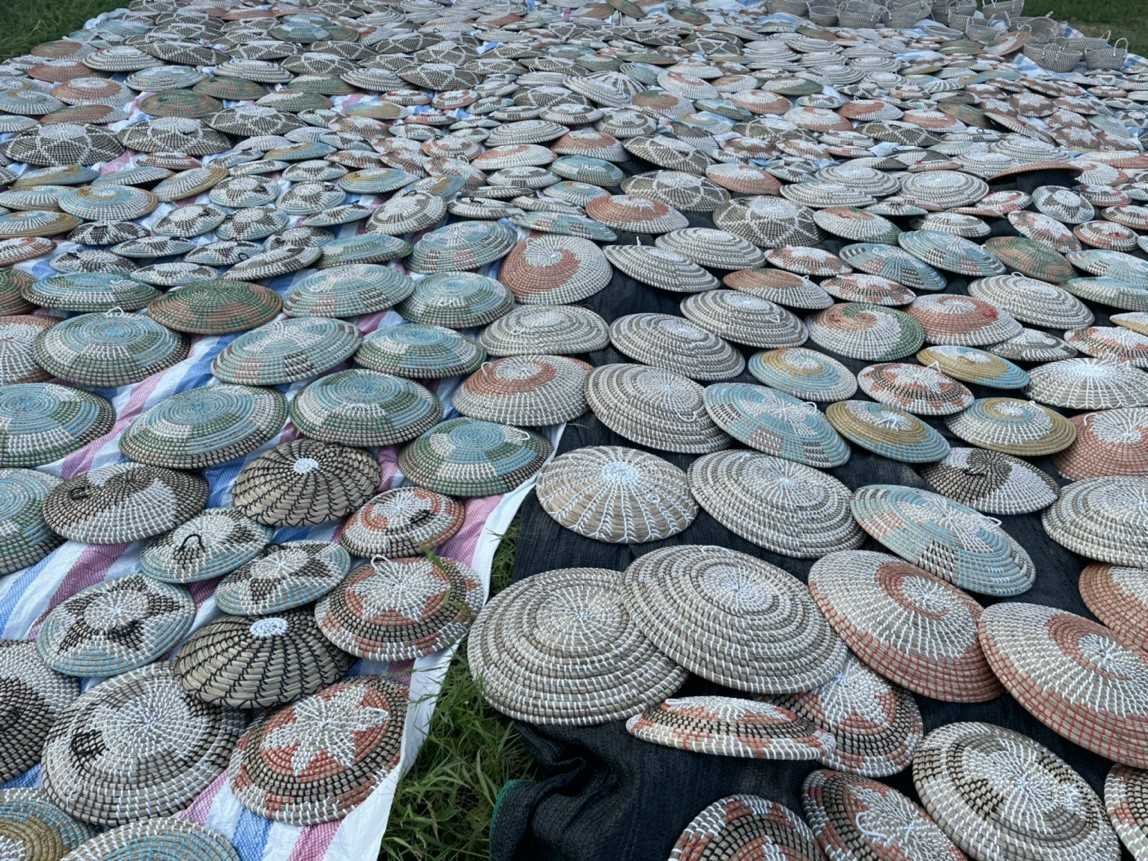
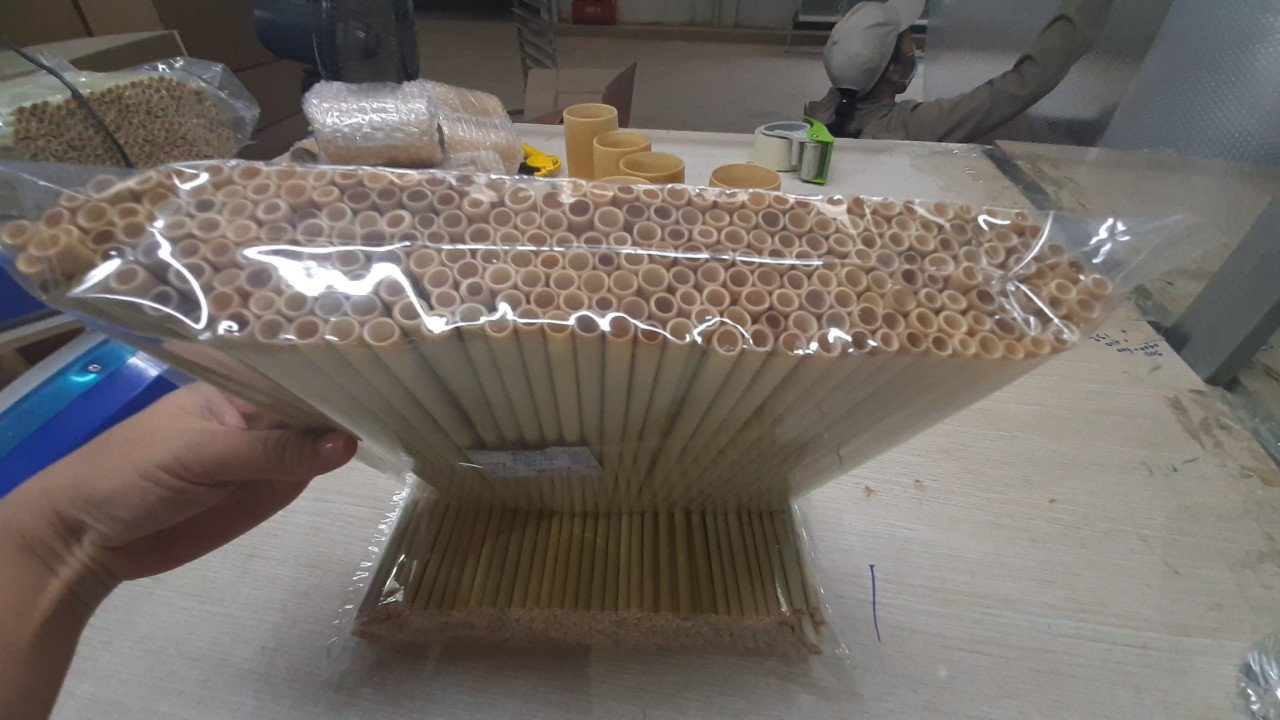
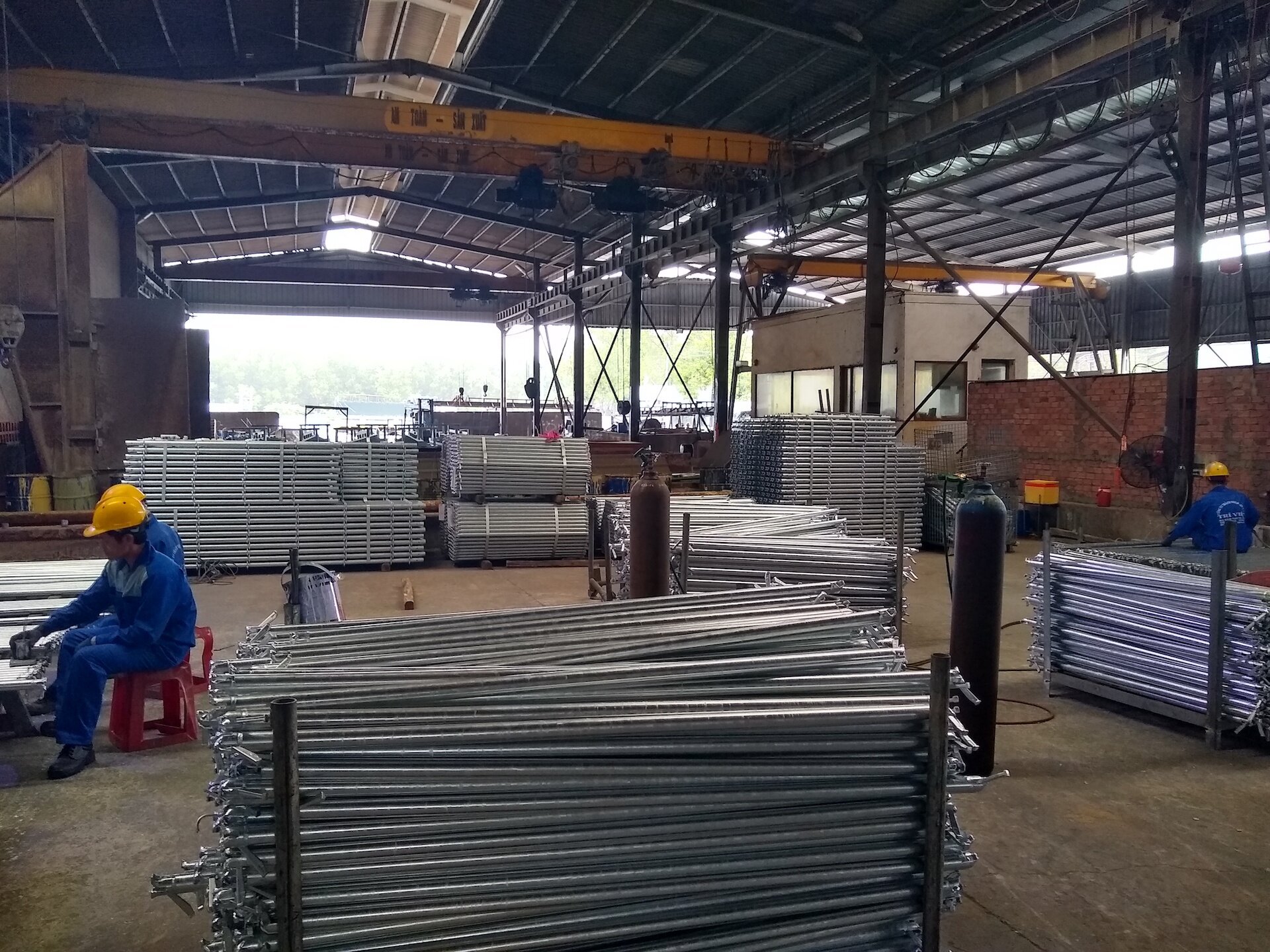
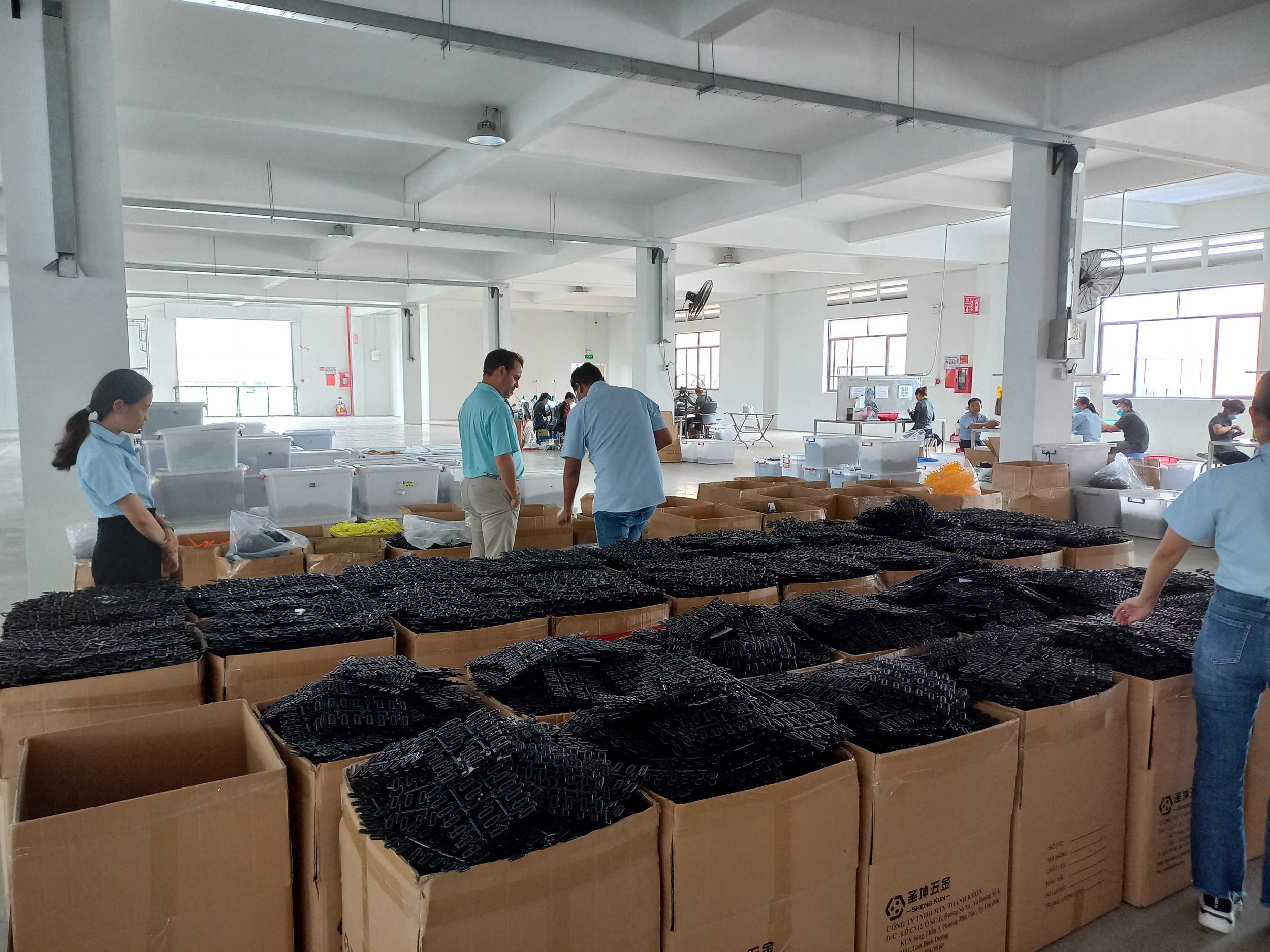
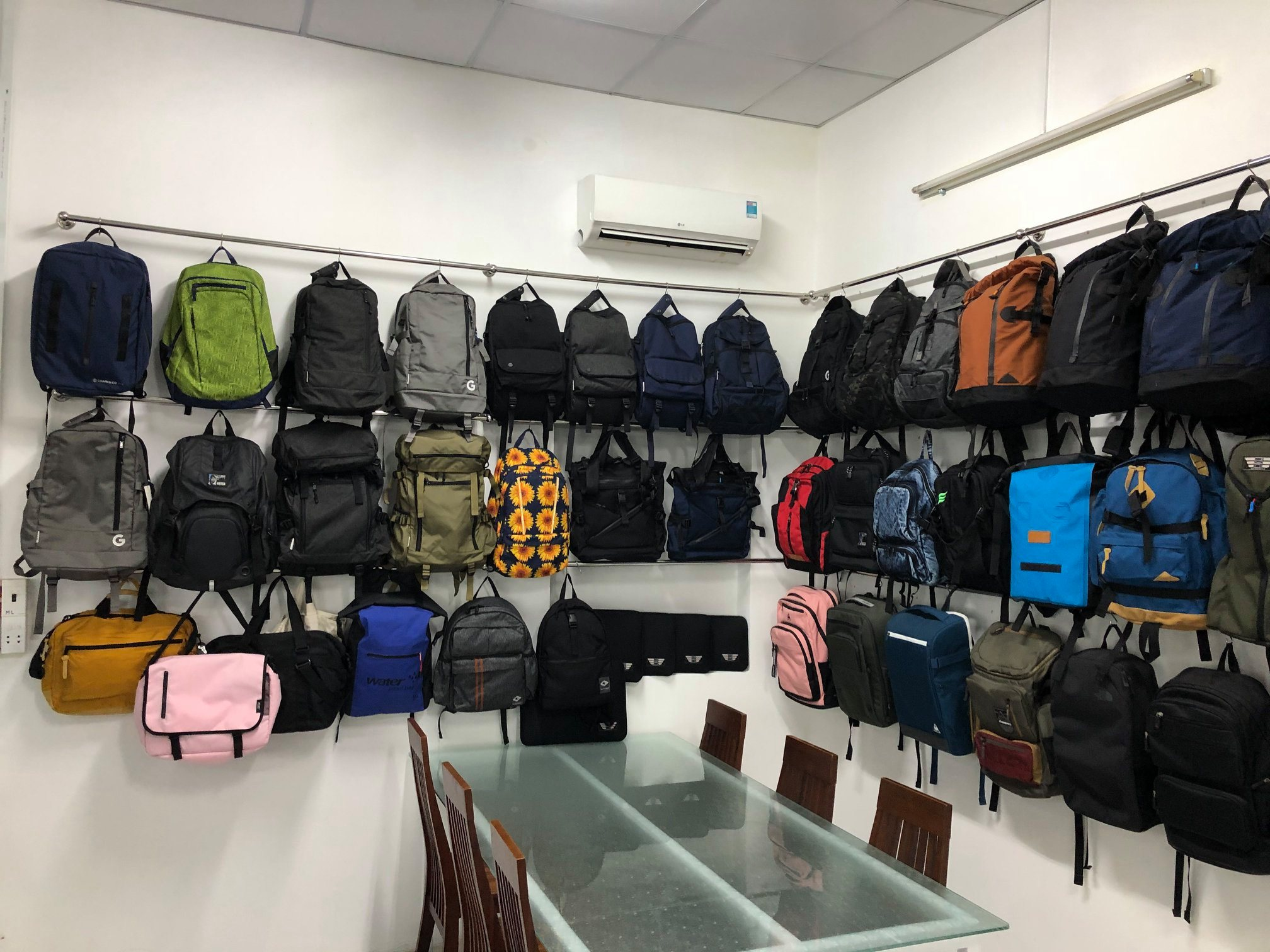

What products should you source from Vietnam?
Check out our complete guide on what products can be sourced from Vietnam.
Vietnam exports over $160 billion worth of goods a year. While China may be a one-stop-shop for everything, Vietnam is a little more limited, so you will need to search for a product that happens to fall into one of the few industries that Vietnam specializes in. Fortunately, there are several industries to choose from.
Clothing and Textiles Suppliers in Vietnam
Check out our guide on finding clothing manufacturers in Vietnam.
Vietnam produced and exported over $30 Billion in textiles and clothing in 2017 and is experiencing over 10% growth a year in the industry. Several significant companies do a majority of their manufacturing here. For example, North Face produces most of its products in Vietnam, and Patagonia, Levi, Under Armor, and Lacoste, among many others, manufactures in Vietnam. Vietnam is also leading the way in sustainable manufacturing practices in the industry.
Footwear Suppliers in Vietnam
Vietnam is one of the largest manufacturers of shoes globally and has the largest export capacity in the world. Vietnam produces over $12 Billion worth of shoes annually, growing fast. Also, over 90% of the shoes produced in Vietnam are exported overseas, which is the highest rate in the world by far. Vietnam isn't limited by shoe styles either; The output ranges from high-end leather shoes and sneakers to cheap flip-flops and everything in between. Like many other shoe companies, Nike and Adidas manufacture most of their Vietnam manufacturing.
Consumer Goods Suppliers in Vietnam
Consumer goods, admittedly a broad category, is Vietnam's largest industry. In 2017, Vietnam exported over $70 Billion worth of consumer goods. Consumer goods are anything that ends up being used by an end consumer (as opposed to a business). Since most of what is sold on Amon is classified as "Consumer goods," Vietnam is a great place to look for your FBA business suppliers.
Plastic and rubber Suppliers in Vietnam
Vietnam exports over $5 billion a year in Rubber and plastic goods. These are essential consumer goods, such as rubber dog toys or sunglasses. Vietnam has a considerable capacity to produce goods. The most common method is plastic injections, but you can find any method here, including plastic extrusion and welding. Rubber manufacturers in Vietnam are easy to find. They can cover all rubber needs, such as extrusion, latex dipping, molding, and calendaring.
Furniture Suppliers in Vietnam
Check out our complete guide to Furniture Manufacturing in Vietnam.
Vietnam is currently the second-largest furniture manufacturer in the world, behind only China; however, Vietnam is the fastest-growing furniture manufacturer worldwide, while Chinese furniture production is decreasing. The range of furniture manufacturers in Vietnam includes IKEA on low-end to high-end custom-built furniture and everything in between. In addition, we have sourced furniture, including beach chairs and high-end patio furniture, from Vietnam.
Packaging Suppliers in Vietnam
Vietnam is one of the world's leaders in packaging. Packaging in Vietnam ranges from cardboard boxes to chip cartons to vacuum-packed plastic goods. So, if you want to create high-quality custom packaging, Vietnam would be a great place to look.
Coffee Suppliers in Vietnam
Vietnam is the world's second-largest exporter of coffee by volume, exporting over 1.3 million tons in 2012. Most of the beans are robusta beans, not the higher-quality arabica beans. Nonetheless, Vietnamese coffee farmers are quickly improving their quality and targeting the specialty coffee market. Vietnam's coffee industry already has several significant players and exports to almost every major country globally. Regardless, the specialty coffee market in Vietnam is still young but growing fast, so there is plenty of room to grow.
Beyond the ones listed, Vietnam specializes in other industries such as electronics, jewelry, construction materials, Engines, handcrafted goods, and much more. Check out the World Bank trade dates to get a complete overview of the World Bank.
How to find Suppliers in Vietnam
Check out our complete guide on how to find suppliers in Vietnam.
While China has Alibaba and several other alternatives for finding suppliers, you may be asking how I find suppliers in Vietnam. You can use Alibaba, as the website allows you to sort by country. Select Vietnam on the country tab. Beyond Alibaba, a few other websites cater specifically to Vietnam and are great resources for finding Vietnamese suppliers.
Vietnam Export
This is an excellent, modern website that maintains an extensive database of verified factories in Vietnam. The website is endorsed by the Ministry of Industry and Trade of Vietnam. Due to its quality, it is much better to use than others. In addition to the database, it provides industry-specific information and news. The website also promotes agricultural products such as coffee and Lychee, which are often difficult to find.
Vietnam Manufacturers
In 2009, Vietnam Manufacturers started as a trade journal to promote Vietnamese companies and business interests worldwide. They have since expanded and now provide an extensive searchable database, trade show promotions, and industry-specific publications.
VTown.vn
Vtown. vn is owned by Washin Engine Co. and is intended to be a database of Japanese companies manufacturing in Vietnam. They maintain an outstanding database of Vietnamese-based manufacturers in English that is easy to search. Since the factories in their database are large and Japanese-managed, you tend to find manufacturers with much higher quality control. I have used this database and found good suppers through them.
VietnamAZ
VietnamAZ is made for American companies looking to buy and do business in Vietnam. They maintain an extensive database of suppliers.
VietnameseMade.com
VietnameseMade is another manufacturer database that focuses on the Vietnamese market. It is a B2B trade portal that helps connect buyers worldwide to sellers in Vietnam.
VCCI News
While the website mainly provides news to Vietnamese exporters, it maintains a directory of businesses in Vietnam. Unfortunately, the directory is a bit simple and organized by category, so it's not easy to use.
China + Vietnam Sourcing strategy
Many buyers and companies do not like to put all their eggs in one basket; thus, many multinationals and larger volume FBA sellers have adopted a China + Vietnam Strategy. By sourcing and buying the same or similar products from both China and Vietnam simultaneously, you can take advantage of the best features of both countries and hedge your bets against any significant changes in one country. Moreover, with recent tariffs slapped against China, FBA buyers and major companies that use this policy could quickly shift production to Vietnam without any noticeable impact on their sales or supply chain.
The China + Vietnam Sourcing strategy started with the clothing and footwear industries, which have been used for years. However, the dual-sourcing strategy is expanding quickly to several other industries. Even if you are already buying or manufacturing in China and do not plan to move, assessing the Vietnamese landscape is valuable to determine if you can do better here. Having a list of Vietnamese suppliers can also give you a backup plan if the manufacturing conditions in China suddenly change. A company needs to be robust and have redundant operations strategies to ensure the best service for its customers.
Conclusion
Vietnam may not entirely be at the scale of China. Still, a rapidly growing manufacturing base will only get bigger. One of the most significant pieces of advice I was given when I lived in China was never to show up late to the party. While the party has been in China for a few decades, it’s just getting warmed up in Vietnam. Meanwhile, China is slowing down, and Vietnam's future looks excellent.
Cosmo Sourcing // Go Straight To The Source!
If you want to source from Vietnam, contact the Cosmo Sourcing team; we have been helping clients source from Vietnam since 2014. Cosmo Sourcing has the skills and the team to find you the best supplier possible. We are also established in China and are among the only companies that can find suppliers in China and Vietnam. Pick the one you think is best.
Our Vietnam Sourcing services allow you to access new manufacturers that you would not be able to in China and avoid Tariffs. Our services are designed to do everything to take your idea, turn it into a product, and ship it to the final destination. Cosmo can do everything from creating a product spec sheet to validating, sourcing, ordering, evaluating samples, arranging inspections, finding freight forwarders, quality assurance, negotiations, and shipping. We aim to handle every single step of your business in Vietnam for you.
If you start a new business, finding products and suppliers for your products is one of many things you need to handle. Our services are designed to handle every part of your business in China and Vietnam so you can focus on the rest of growing your own business.
We have helped clients from Fortune 500 companies, brick-and-mortar stores, FBA sellers, and brand-new businesses. So don’t hesitate to contact us and let us know how we can help you.


